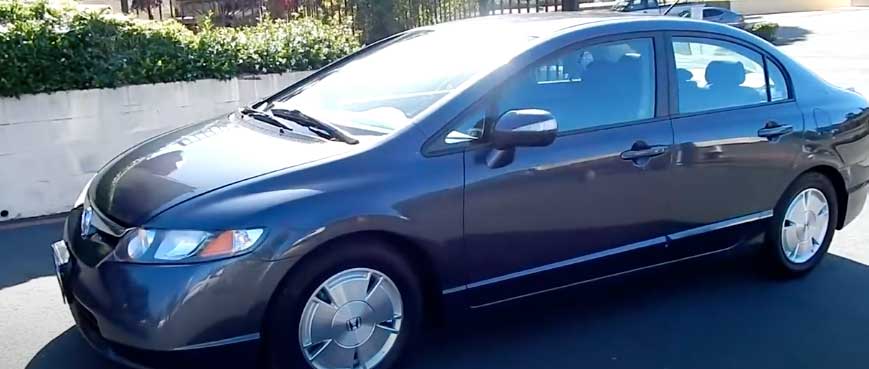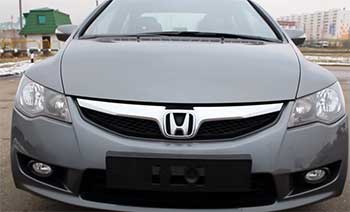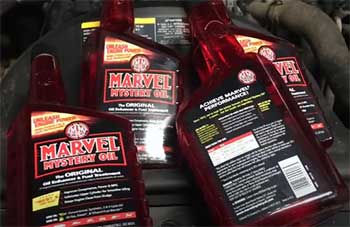While the 2008 Honda Civic Hybrid is often hailed for its impressive fuel efficiency, sleek design, and Honda’s promise of reliability, several owners have reported enduring problems. In this detailed exploration, we’ll discuss the primary concerns associated with this model, providing a unique and engaging user perspective.
2008 Honda Civic Hybrid Problems

- Honda Civic 2008 Hybrid Battery Problems
A recurring issue reported by 2008 Honda Civic Hybrid owners is premature battery failure. The hybrid battery, a key component that sets these cars apart, is designed to last at least a decade.
Unfortunately, many users have encountered this problem much earlier than expected.
The outcome?
Reduced fuel efficiency, power loss, and costly replacements. While hybrid batteries are designed to save on fuel costs, premature failure can lead to an unexpected, substantial investment.
- Civic Hybrid Brake Issues
Another critical concern is the braking system. Some drivers have reported that the 2008 Honda Civic Hybrid’s brakes are prone to unexpected and rapid wear, leading to frequent replacements.
In worst-case scenarios, braking issues can pose a safety risk, making this problem particularly unsettling for users.
- Civic Hybrid Transmission Problems
Next on the list is the transmission. A few owners of the 2008 Civic Hybrid model have reported concerns with the continuously variable transmission (CVT).
Symptoms include shuddering or jerking while accelerating, a sensation of ‘slipping,’ and unresponsive acceleration. Transmission problems are not only annoying but could also pose safety issues if not addressed promptly.
- Engine and Cooling System Failures
While less common, there have been reports of engine problems, particularly with the cooling system. This includes overheating due to defective thermostat or radiator. If unnoticed, such an issue can result in serious engine damage, leading to hefty repair bills.
- Civic Hybrid Electrical Issues
Last but not least are the electrical problems. These issues include dashboard lights malfunctioning, inaccurate fuel gauge readings, and frequent headlight burnouts. Though they might seem minor, these electrical issues can be irritating and impact your overall driving experience.
- Poor Fuel Economy

One issue that has been a concern among 2008 Honda Civic Hybrid drivers is the lower-than-expected fuel economy.
The Civic Hybrid is often praised for its fuel efficiency, but some owners report that their vehicles fail to meet the promised MPG (Miles Per Gallon) values.
This could be due to several factors, such as driving conditions or the aforementioned battery issues.
- Issues with the Integrated Motor Assist (IMA) System
The Integrated Motor Assist (IMA) system is a crucial component of Honda’s hybrid technology. Some owners, however, have reported problems with the IMA, specifically the system failing to operate as expected.
This could manifest as decreased power or responsiveness when the electric motor should be kicking in to assist the gasoline engine.
- Air Conditioning (AC) Problems
Lastly, we have issues with the Air Conditioning (AC) system. A few owners of the 2008 Honda Civic Hybrid have reported that their AC systems stopped working or were not cooling as efficiently.
Living in warmer climates or during summer months, this can be a significant inconvenience and potentially costly to repair.
Troubleshooting Tips for Dealing With These Problems
- Fuel Economy Concerns
For those dealing with lower fuel efficiency than expected, consider adjusting your driving habits. Rapid acceleration and braking, high speeds, and excessive idling can all decrease fuel efficiency.
Additionally, keeping your vehicle well-maintained, with regular oil changes and tire rotations, can also enhance fuel economy.
- Issues with the IMA System
If your Integrated Motor Assist system is not working correctly, it could be an issue with the hybrid battery or other related components. This problem might require professional diagnosis and repair.
However, one thing you can check yourself is the 12V battery. Sometimes, a weak 12V battery can cause problems with the IMA system.
- Air Conditioning Problems
Air conditioning problems can stem from a range of issues. These include refrigerant leaks, a worn-out compressor, clogged condenser, electrical issues, or a malfunctioning thermostat.
For any AC issues, it’s best to get your system checked out by a professional. However, for minor issues, you can try checking your AC’s refrigerant level using a recharging kit available at most auto parts stores.
Remember, regular maintenance can help you avoid many of these issues and extend the lifespan of your 2008 Honda Civic Hybrid. Recognizing potential problems early is key to minimizing costly repairs and maintaining a reliable, efficient, and comfortable vehicle.
Also Read: Issues With Impala 3.6 Engine.
Frequently Asked Questions (FAQs)
On the whole, the 2008 Honda Civic Hybrid is a well-rounded vehicle that offers excellent fuel efficiency, a comfortable ride, and Honda’s long-standing reputation for durability. However, it’s important to note the potential problems we’ve discussed, particularly the battery, brakes, transmission, engine, and electrical system.
With proper maintenance and care, a 2008 Honda Civic Hybrid can easily last over 200,000 miles. However, the lifespan may be affected by the aforementioned problems, especially premature battery failure.
A new hybrid battery for a 2008 Honda Civic Hybrid can cost between $1,000 and $3,000, depending on the provider and whether it’s a new or reconditioned battery. It’s worth noting that this does not include labor costs, which can add a few hundred dollars to the final bill.
While each vehicle can have its unique issues, the most commonly reported problem with the 2008 Honda Civic Hybrid is premature battery failure, impacting the vehicle’s fuel efficiency and power output.
Final Thoughts
In conclusion, while the 2008 Honda Civic Hybrid is undoubtedly a robust and economical vehicle, potential buyers and current owners should be aware of the reported issues.
Recognizing these problems early can prevent extensive damages, costly repairs, and, most importantly, ensure a safer and smoother driving experience.

